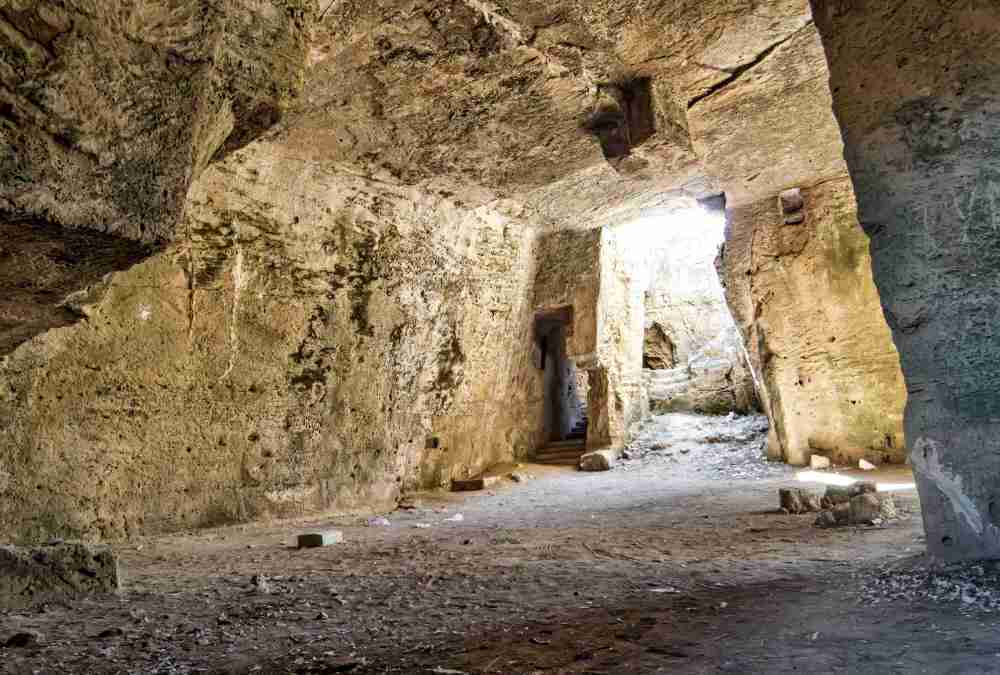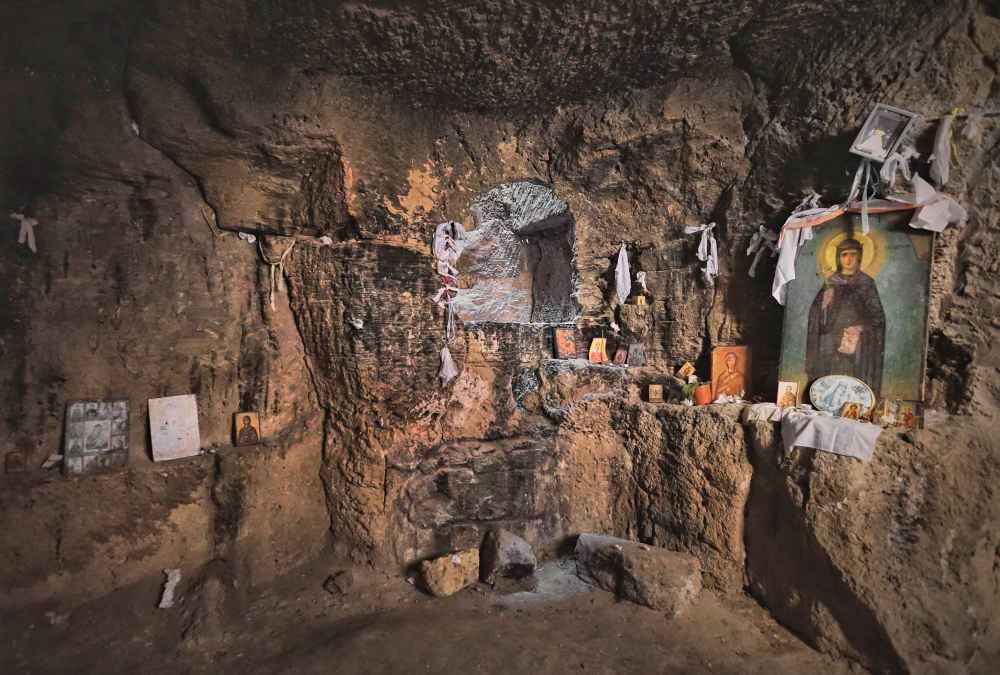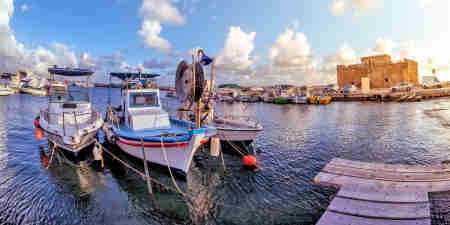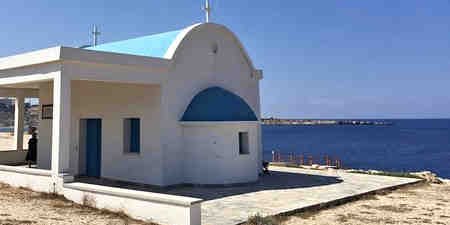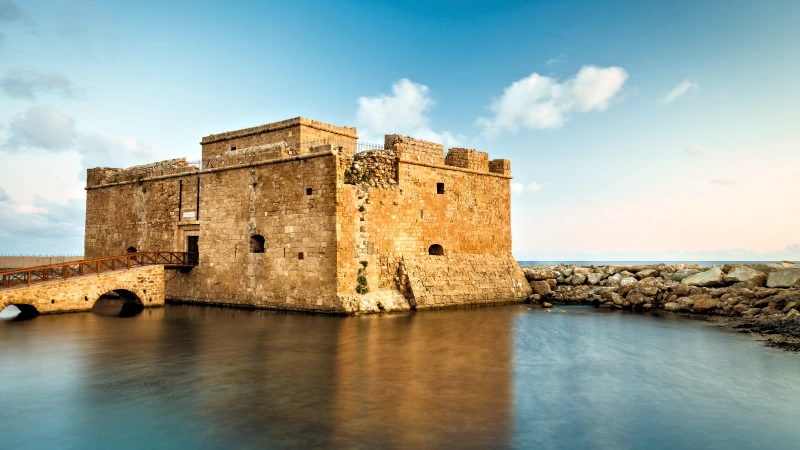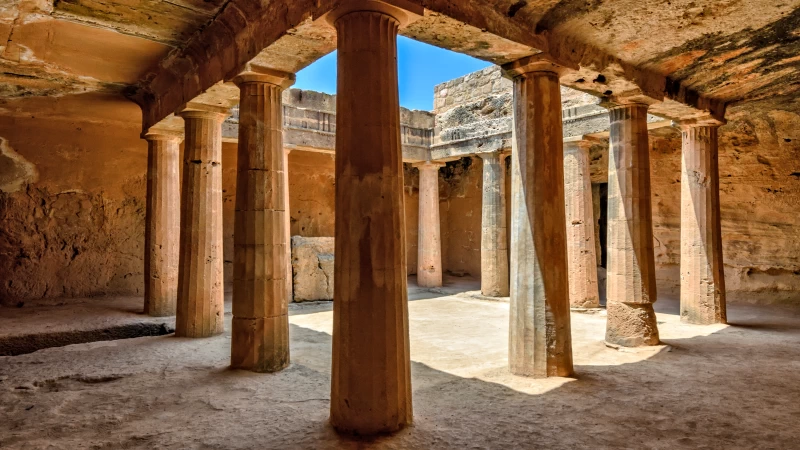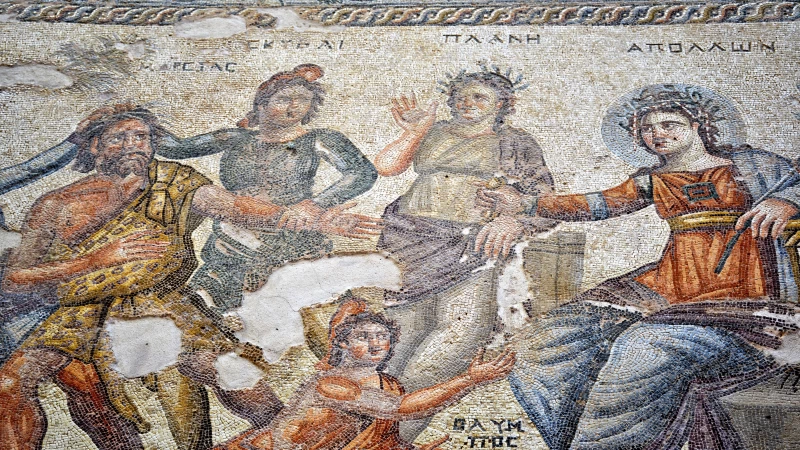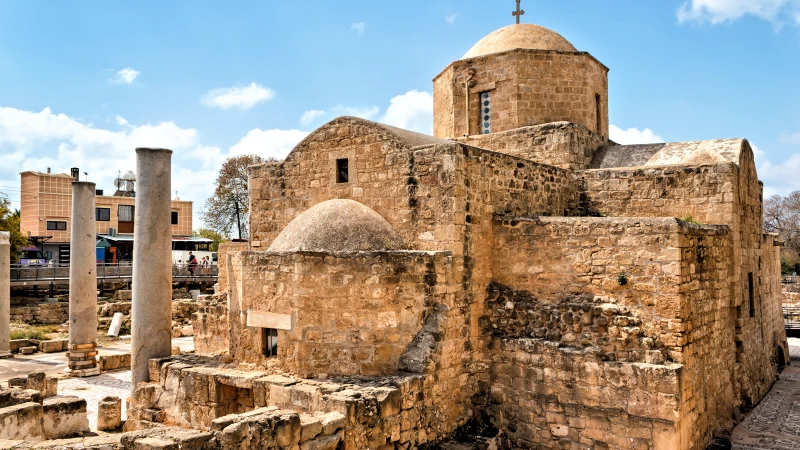Agia Solomoni Catacombs
A pistachio tree with rags and pieces of cloth tied sturdily around tiny twigs and branches guards the entrance to the Agia Solomoni Catacombs. It’s supposed to be sacred, with offerings for Agia Solomoni, the Jewish martyr who was forced to watch her seven sons being tortured and killed by Antiochus IV Epiphanes for refusing to eat pork.
Enter the Chapel of the Seven Sleepers
Considered sacred in Medieval times, the Agia Solomoni Catacombs still enveolop the casual visitor with a sense of mystery. Some people come here to tie pieces of cloth on the branches of the pistachio trees that shades the entrance of the chapel, while others are fascinated by the legend of the seven Maccabees, sons of Solomonia, the Jewish female martyr forced to obeserve the execution of her kin at the hands of Antiochus IV Epiphanes.
Agia Solomoni and her seven sons, Abim, Antonius, Gurias, Eleazar, Eusebonus, Alimus, and Marcellus, were among the first people on Cyprus to embrace Christianity. Their courageous rejection of idolatry offended many of the beliefs of the Hellenistic period (166 BC). The tale behind the cave that serves as the alleged burial place of Agia Solomoni and the seven Maccabees is quite fascinating: seeking shelter from the Romans, Solomonia took refuge in this very cave, only to be walled-in alive. 200 years later, when locals reopened the cave, Solomonia walked out alive.
Legends aside, today Agia Solomoni Catacombs present an intriguing layout, with five rock-cut compartments. In one of them, a flowing spring makes room to even more myths and superstitions. Although the 12-century murals on the walls of the chapel bear the mark of time, their value is unquestionable. Among the scribbles on the plaster of the Agia Solomoni Catacombs you will also find some of the names of the 13th century crusaders.
Read More
Read Less
